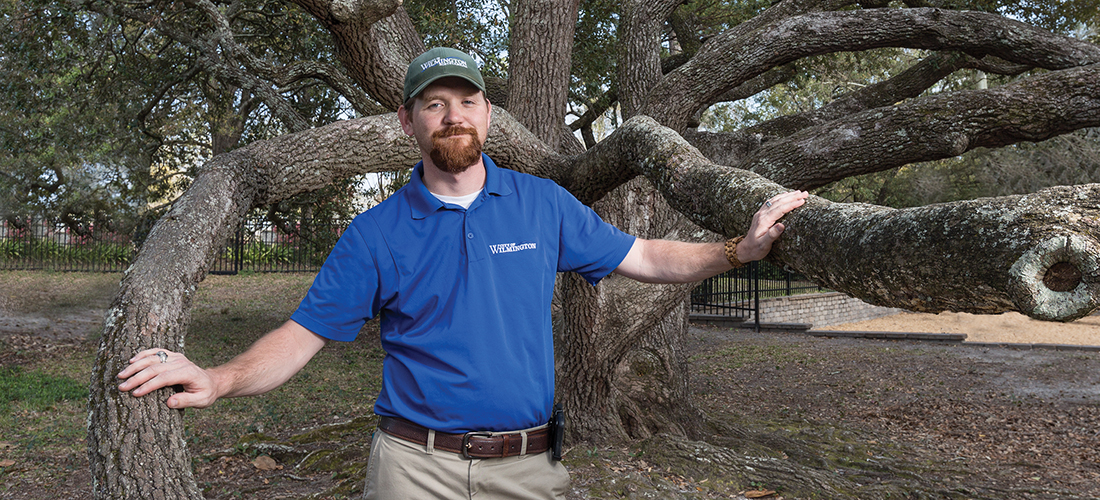Michael Kersting is reshaping our beachfront environment — and the architects he works with
By J. Michael Welton
If Wilmington architect Michael Kersting ever retires — an unlikely step at this stage in the 50-something modernist’s career — he’ll leave behind an epic, two-part legacy.
First, there’s his catalog of residential work on Wrightsville Beach, Figure Eight Island and the Intracoastal Waterway. His designs range from neo-traditional to modern, from shingle-style to crisp-and-white, and from a one-story, midcentury modern renovation to a four-story tower overlooking Banks Channel. All are one-of-a-kind, because Kersting never repeats himself.
Then there’s the series of young architects who joined his practice right out of school, cut their design teeth at his hierarchy-free firm, then set out on their own across the state and nation. Because Kersting has no office door, he works side-by-side with eight other designers in a kind of collaborative architectural gumbo that simultaneously poses questions and seeks answers. Even interns are encouraged to find and defend architectural solutions for $4 million homes. And they do.
A New Mexico native, Kersting slipped into Wilmington after grad school at N.C. State’s College of Design and a brief gig in Santa Fe. His wife, a landscape architect he met in Raleigh, was a Delaware native who wanted to head back East. So he scored an interview with Wilmington architect Ligon Flynn, also a College of Design graduate and a designer who had earned a legendary reputation on the Carolina coast.
“Ligon was a very talented, important architect around here,” says Kersting. “After school, he formed his own firm in Raleigh and somewhere along the way he got to know the developer at Figure Eight Island and was one of the original architects for it.”
That led Flynn to establish his firm in Wilmington. He created the early aesthetics of Figure Eight, first with its clubhouse and then with residential work. “Over the years he designed some remarkable homes,” Kersting says. “He was more about the experience — to set the house in the landscape for a wonderful interaction between indoors and outdoors, and understand the client and the design for that specific place.”
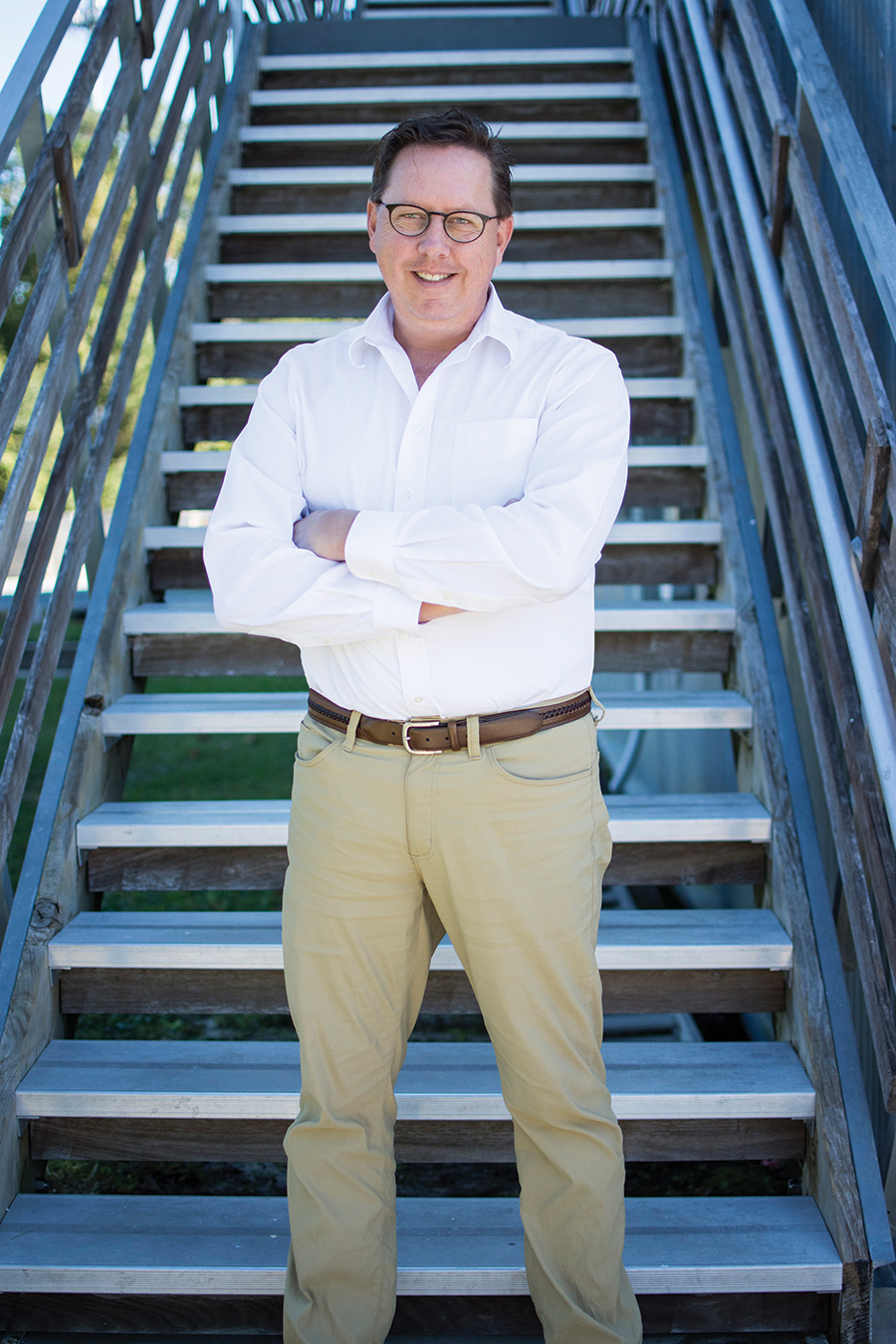
Flynn’s residential work — 30 homes on Figure Eight Island alone — was modern, but not really of the midcentury category. It was more a response to sun, wind, sea and sand. “Certainly there was as much glass as possible to take advantage of the ocean and the marsh side as well,” he says. “His were never the most beautiful buildings on paper — you had to go there and experience them in person. They were absolutely stunning.”
Kersting joined Flynn in 1990, and stayed a year and a half — just long enough to discern a path to making his own coastal architecture. He got an appreciation for how to respond to the site and build on the ocean. “It’s a bear, and you really have to listen to the details,” he says. “Still, none of us has duplicated what Ligon achieved — he had his own way.”
Kersting set out on his own but eventually grew his operation to a staff of 12. The Great Recession knocked it down to three, but he’s now back up to nine, including an interior designer. And business is thriving. “Work comes to us, and it’s been that way for 15 years,” he says. “Either it’s a real estate person or a friend who’s worked with us before — we have a quality that people seem to like.”
That’s true for Derek and Louise Wistanly’s home at Wrightsville Beach. The Chapel Hill-based couple heard about the firm through two of their friends. “They were happy with him, the outcome and the design,” Derek says. “They thought he should be a strong consideration on our shortlist.”
The couple talked to another architect during their interview process, but chose Kersting. “He’s knowledgeable and thoughtful and knew what we were thinking,” Derek says. “There was the fact that he could capture what we wanted in the ultimate design.”
Besides, there was chemistry. “He seemed to listen to us and his design style was along the lines we were thinking,” Louise says. “He’s almost an Audrey Hepburn of architects — very classy, with simple lines.”
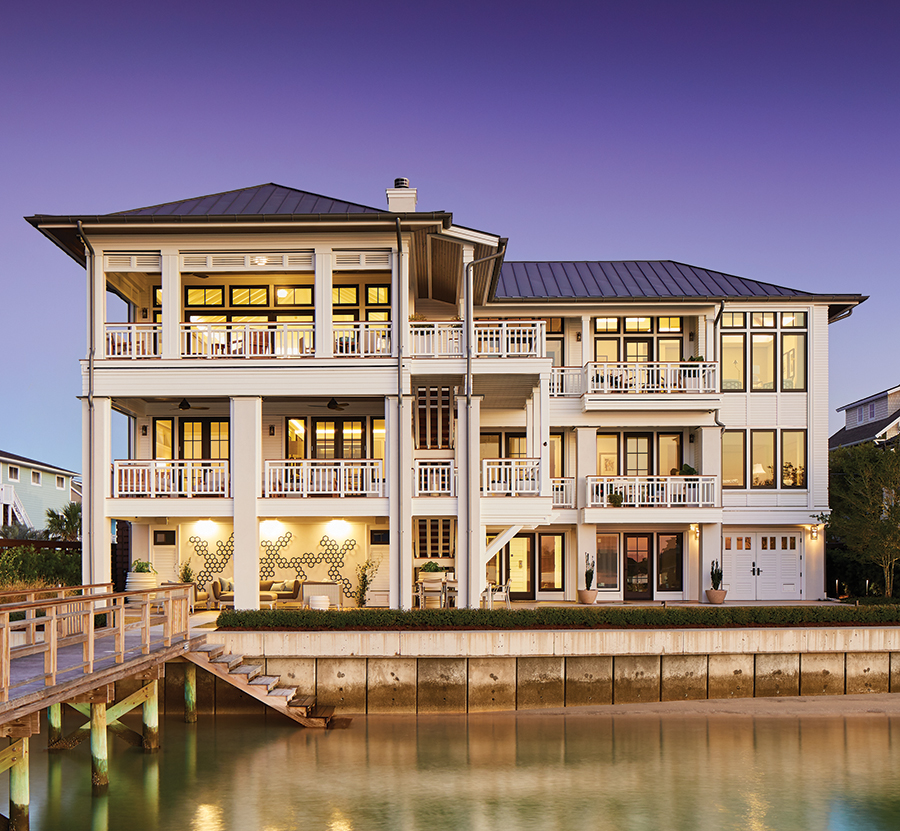
Some of that chemistry can be traced back to Flynn’s ideas about understanding the client, and asking questions that help an architect exceed expectations. Besides bedrooms and baths and kitchens, Kersting wants to know about lifestyle and hobbies. “We spend a lot of time on programming — it’s the second-most important thing, after the property itself,” Kersting says.
His listening leads to learning about minimal standards for his clients’ wants and desires. Then come more questions about what the firm can do to give them a better awareness of the landscape. What are its attributes? Those of the neighbor’s property? What’s the site’s relationship to the water? “We get a sense for what’s going on outside the windows,” he says. “We want them to be in these places and not want to leave them — it’s a huge objective.”
It’s a process that’s paid off — in spades. Over the years, Kersting’s firm has designed 30 homes on Figure Eight Island, 28 at Wrightsville Beach, 20 along the Intracoastal Waterway, and 15 that are creekfront. And they’ve done it in one of the most brutal environments in the country. “That’s where the experience of some failure comes in, but paying attention to what other people do also comes into play,” he says.
His material palette is designed for survival. Salt air will corrode anything metal, so the steel he specs has to be galvanized or stainless, an expense that’s often a surprise to the client. “We try to be efficient with how we lay those things out, and we use natural finishes on materials,” he says. “We use a lot of wood shingles — they just hold up.”
Hurricanes are punishing as they try to push a home’s windows in, so Kersting’s architects call for a series of smaller openings rather than a single large one — and add shutters. “Rain at 100 miles per hour makes them vulnerable,” he says. “And the homes are in a flood zone, so they have to be built on pilings, and we look at what can we do to make houses adaptable to flood waters.”
In the end, though, Kersting aims for aesthetically pleasing architecture. “From the street, it has to be attractive,” he says. “We use materials that are intended to make beautiful houses that interact with the landscape in a positive way.”
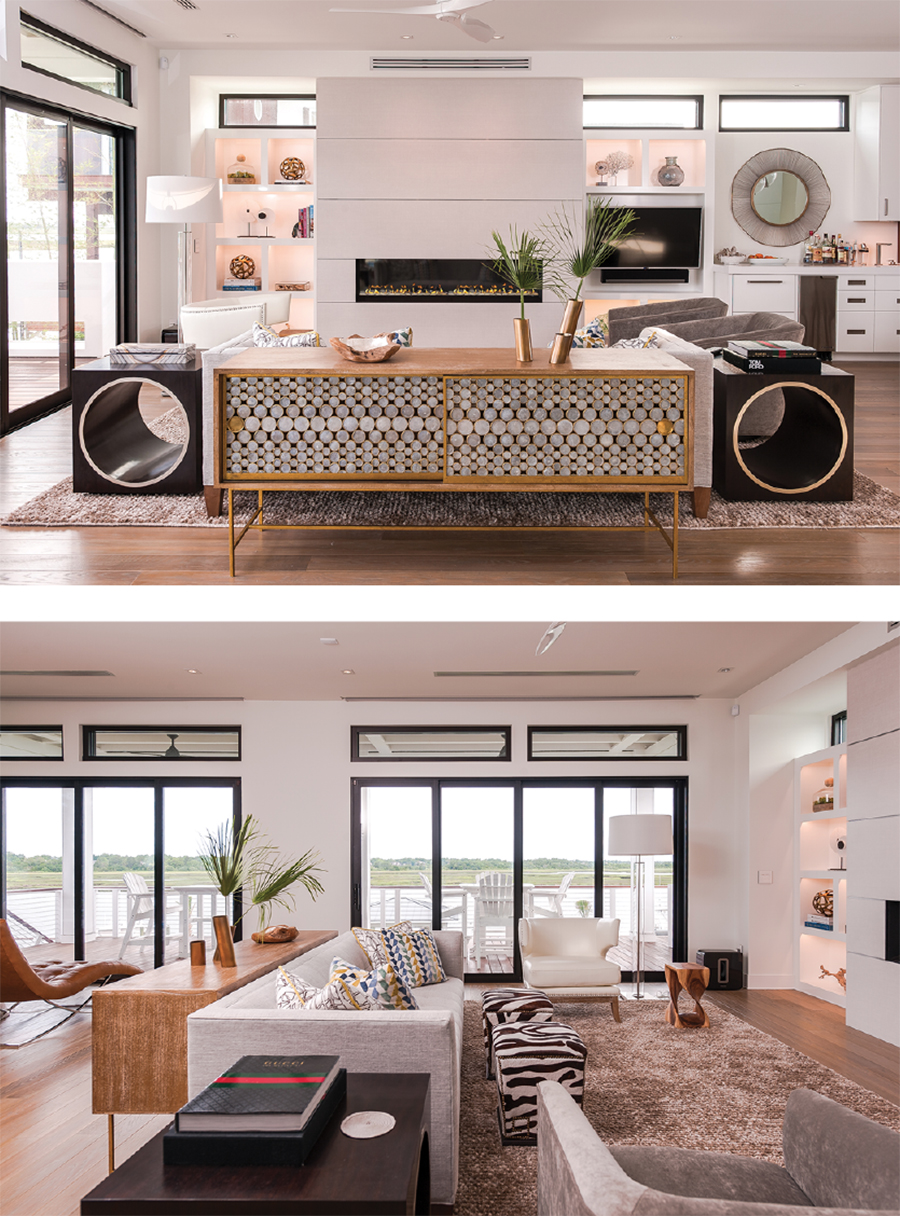
Traditionally, an architect’s practice is organized vertically, with a lead design principal at the top handing out assignments to junior members of the firm. “There’s a head honcho who figures it all out and others add the little parts, like: ‘You get the stairway, and you get the plumbing,’” says Toby Keeton, a project architect in Kersting’s office. “But here, everybody has a hand in everything.”
It’s a master/apprentice model, and it attracts a specific kind of talent that’s self-guided and independent. “Here you really can change the way a project looks, which is appealing to a certain kind of person who may move on eventually,” Keeton says.
The sheer quantity of work is remarkable, as is the architects’ output. “We do crumple up a lot of paper before we show what we will actually build,” says Keeton. “We’ve shown a client five thought-out designs before we start out with one — and that’s not typical in an architect’s office at all.”
Keeton’s currently at work on at least four projects in various stages of design, development and construction. One represents an expansion of the firm’s reach — a residential addition in Raleigh for two art collectors. “It’s more a gallery than a house,” he says. “And we’ve got one under construction in Pine Knoll Shores, another in Morehead City and one in Wrightsville Beach.”
All that’s happening under Kersting’s watchful eye, though he’s as likely to seek advice from his project architects as they are from him. “If he’s struggling with something, he’ll go to someone younger — and we can go to him and he may see something he’s dealt with before,” says Mark Wilson, also a project architect at the firm. “He’s hands-on and hands-off — he’s guided by his overarching concept for the project.”
All the while, Kersting strives to put his staff in a position to succeed, giving them room as individuals but always standing firmly behind them. “It’s not a style that everybody gets along with. It takes a certain kind of personality to take things and run with them,” Wilson says. “It takes a will and a drive, and he sets you up for that and guides you and nudges you if you go astray. The working relationship is a fun relationship.”
Over the years, a number of gifted architects have been attracted to the firm, working there for a time and then leaving to establish their own practices — in Wilmington, Raleigh, Boone and Albuquerque. “It’s like a rock band that changes members,” Kersting says. “I’m the lead singer who won’t go away.”
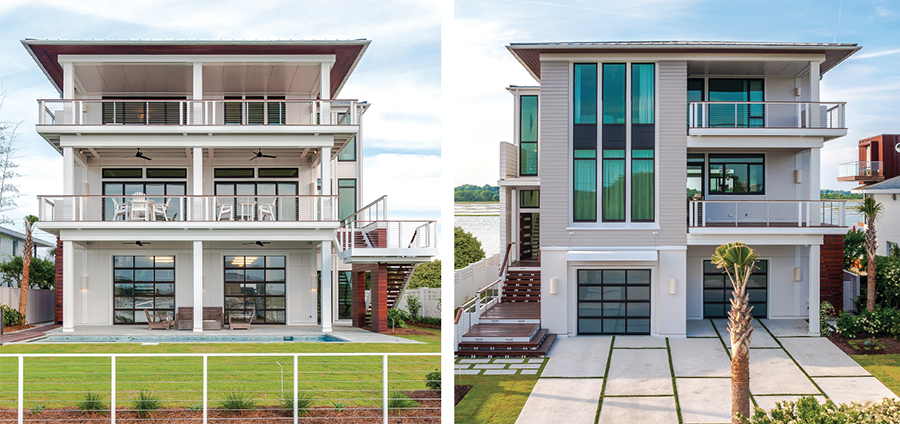
Among his alumni are Chad Everhart, who would leave in 2003 for graduate school, then teach at Appalachian State and practice in Boone; Kevin Pfirman, who worked with Kersting until 2001, then set up his own Wilmington firm in 2002; Don Dudley, who established his Albuquerque firm in 2001; and Hunter Coffey, who left Ligon Flynn’s office to join Kersting in1996.
“Hunter was one of the first and earliest employees I had — for 10 years we collaborated on many projects,” Kersting says. “I had a certain skill set and he did also, and we were able to collaborate and go from a firm with small projects to one with big ones.”
Coffey left Wilmington in 2006 and set up his own firm in Boone, but he remembers well what Kersting gifted him. “I think what was really good about his office was that he gave me the room to be creative — he trusted me,” he says. “He gave me the room to take some risks — we were never rehashing something we’d done before. We tried not to requote ourselves.”
While he was there, Coffey would refer to Kersting as an enabler. “As long as you have talent, you can go as far as you want to here,” Kersting says. “The unfortunate part is they also want to leave and go out on their own. Like Hunter — he’s going to take over the mountain region.”
Then there was Robby Johnston, who arrived at Kersting’s office in 2003 and stayed for two action-packed years before he eventually cofounded the Raleigh Architecture Company. “He had so much energy that he energized the whole office,” Kersting says.
That was a two-way street, according to Johnston. On his first day at the office, Kersting sat him down and said he was thinking about a new window, and said: “Come back by lunch with four different treatments for it.”
“He was trying to tell me that there’s more to what I was drawing than just aesthetics — that it’s about humidity, temperature swings and salt air,” Johnston says. “It was important for him to establish that it’s very serious work to start from the detail level and then work your way back to the larger concept.”
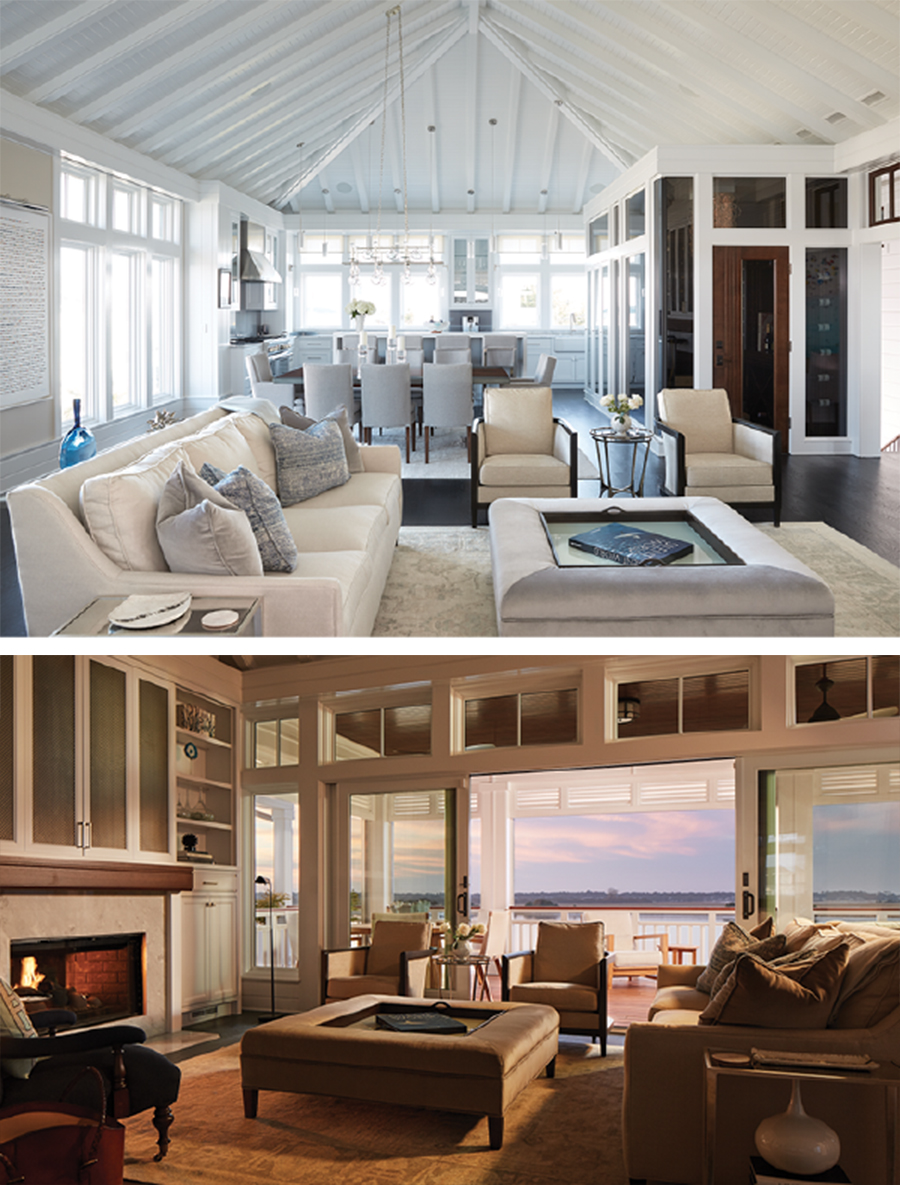
Kersting’s legacy, Johnston says, will be people like himself following his standard, working to his design ethic and to the quality that he’s established during his career. Others still at the firm agree. “He’s somebody who’s holding onto a little bit of honest rigor and thoughtfulness about what this place really is,” says project architect Keeton.
It’s a quality that’ll live on through other designers long after Kersting does retire, says project architect Wilson. That’s especially true for himself and for Keeton, each of whom have been with Kersting for more than 10 years. Early next year, they’re slated to be named the first partners ever at Michael Kersting Architecture.
That means the Kersting legacy of coastal modern architecture — directly descended from N.C. State and Ligon Flynn — will live for another generation in Wilmington.
J. Michael Welton writes about architecture, art and design for national and international publications, and edits a digital design magazine at www.architectsandartisans.com. He is the architecture critic for The News & Observer in Raleigh and author of Drawing from Practice: Architects and the Meaning of Freehand (Routledge: 2015). He can be reached at [email protected].

